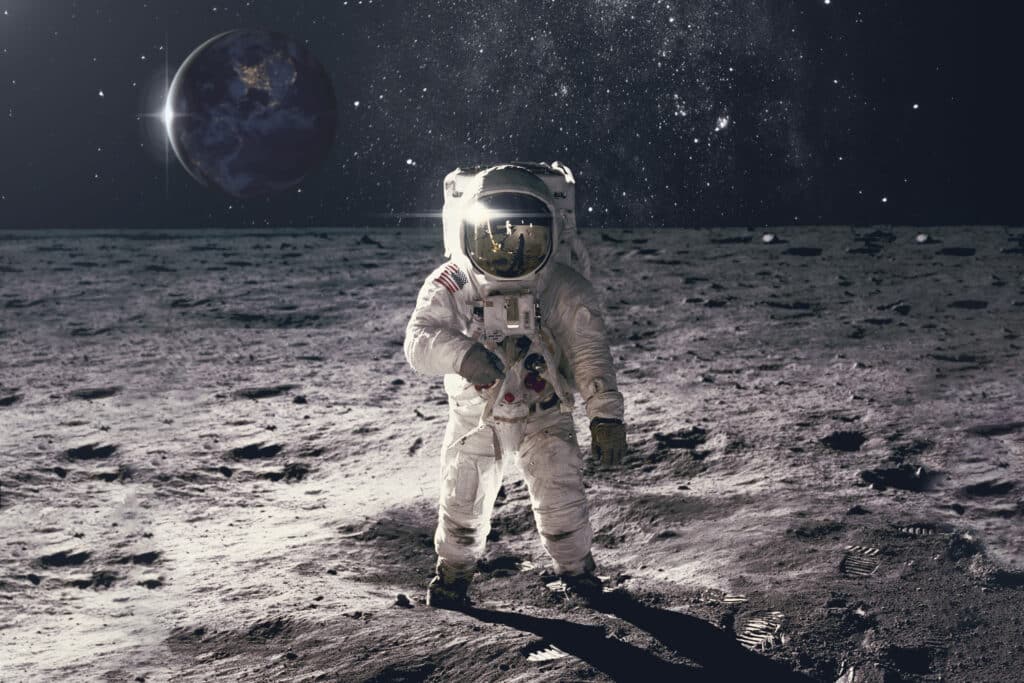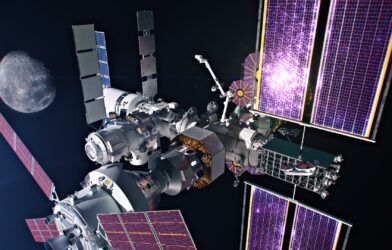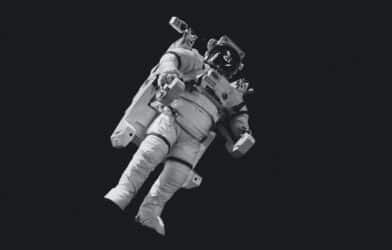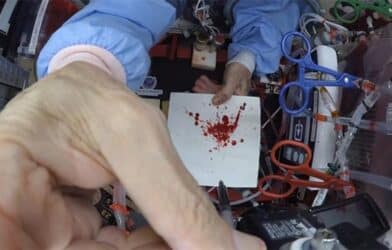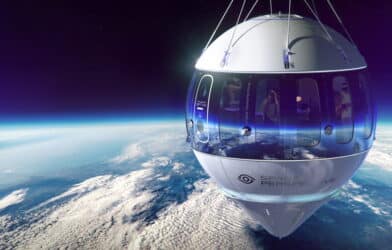Scientists at the University of California at Los Angeles (UCLA) and the Forsyth Institute have published a groundbreaking treatment that could revolutionize how we deal with bone loss in space. The research reveals a potential therapy not just for astronauts on extended space missions but also for people suffering from severe bone conditions on Earth.
When astronauts spend time in space, they experience what’s known as “microgravity”—essentially a condition where the force of gravity is much weaker than on Earth. This microgravity environment causes rapid bone loss at a rate “12-times greater than on Earth.” Imagine losing 1% of your bone mass every month you’re in space! This becomes a significant health risk for astronauts who are on long-duration missions and could cause serious issues like fractures later in life.
At the moment, astronauts exercise to combat this bone loss, but it’s not a perfect fix. Exercise takes up a lot of time and isn’t always effective in preventing the deterioration of bone tissue. Also, certain injuries might make it impossible for astronauts to exercise. So, researchers have been looking for alternative ways to solve this issue.
The Breakthrough: BP-NELL-PEG
The study led by Dr. Chia Soo and Professor Kang Ting focuses on a modified molecule known as BP-NELL-PEG. This molecule is a “smart” version of a naturally occurring molecule, NELL-1, crucial for bone development.
“Our findings hold tremendous promise for the future of space exploration, particularly for missions involving extended stays in microgravity,” Dr. Soo said in a statement.
The molecule was modified to last longer in the body and specifically target bone tissues, minimizing potential side effects. Scientists tested this new molecule both on Earth and aboard the International Space Station (ISS), working closely with NASA and the Center for the Advancement of Science in Space (CASIS).
The test included mice sent to the ISS for a “lengthy 9-week period” to mimic the effects of long-duration space travel. Another group of mice was returned to Earth midway, marking the first-ever live animal return from space in U.S. history. Both sets of mice, as well as a control group on Earth, were treated with BP-NELL-PEG or a placebo.
The results were encouraging: Both the mice in space and those on Earth treated with BP-NELL-PEG showed a significant increase in bone formation without any apparent side effects.
Potential Benefits for Earth
Beyond space travel, this new therapy could have crucial implications for people suffering from severe bone diseases, like extreme osteoporosis.
“This bioengineering strategy can also have important benefits on Earth, offering a potential therapy for patients suffering from extreme osteoporosis and other bone-related conditions,” noted Ben Wu, one of the co-principal investigators.
The team plans to analyze the data further to understand how to help future astronauts recover from long-duration space missions.
The study is published in the journal npj Microgravity. It was made possible through various grants and funding, including from the National Institutes of Health, UCLA departments, and international foundations focused on orthodontics.
